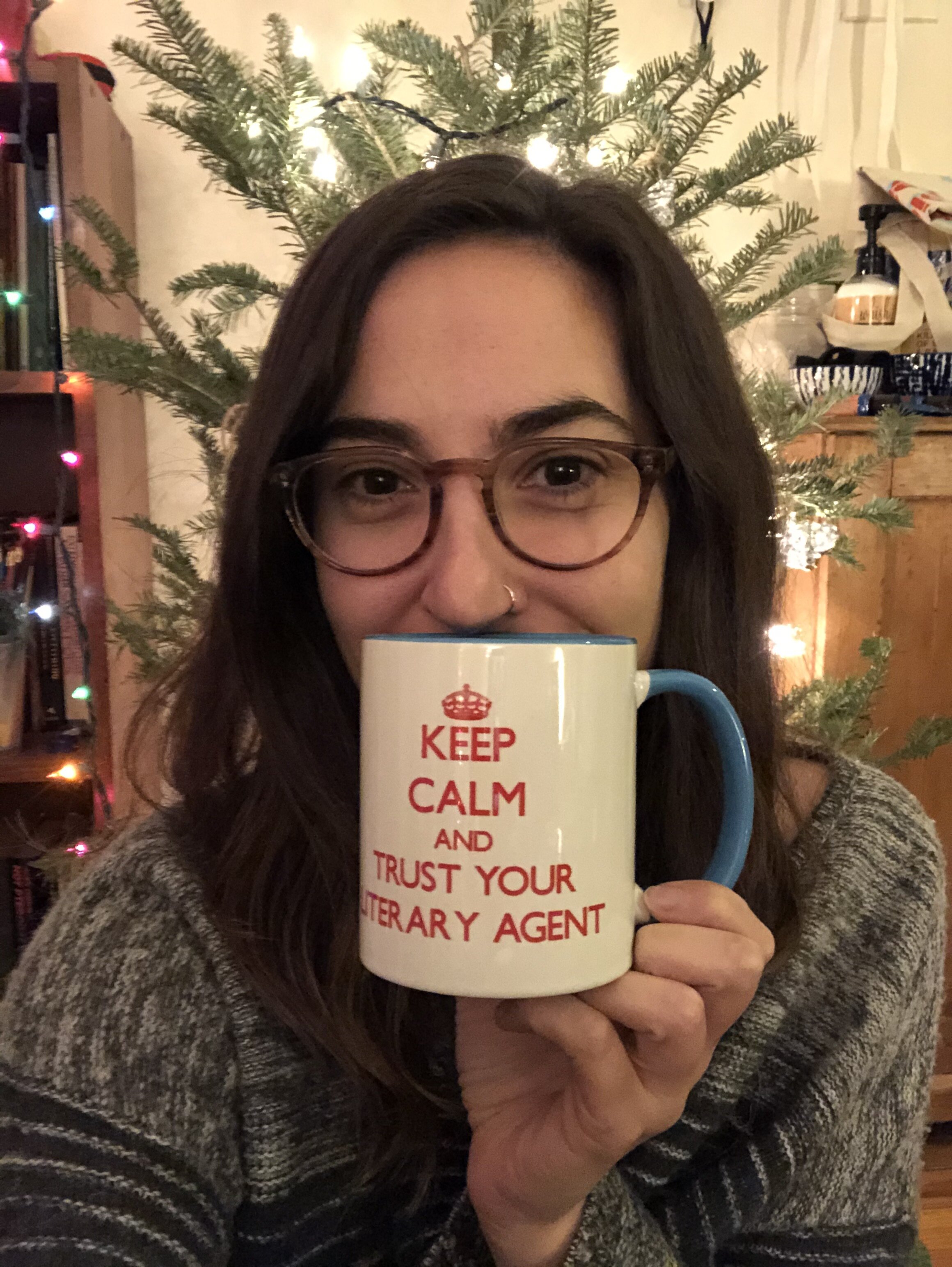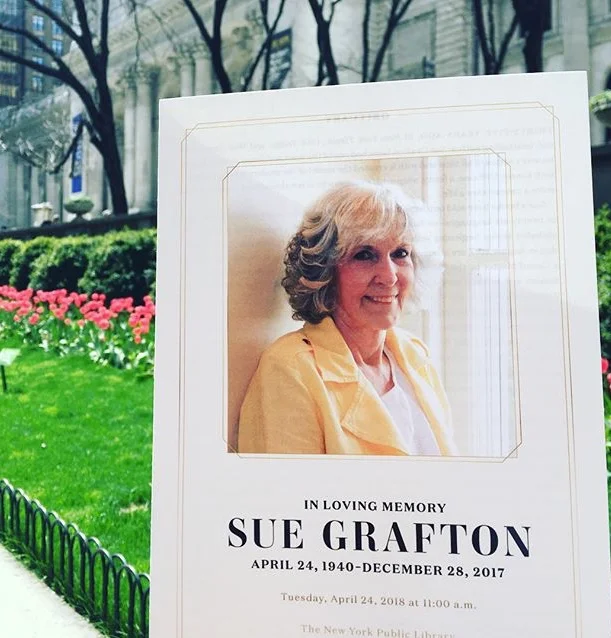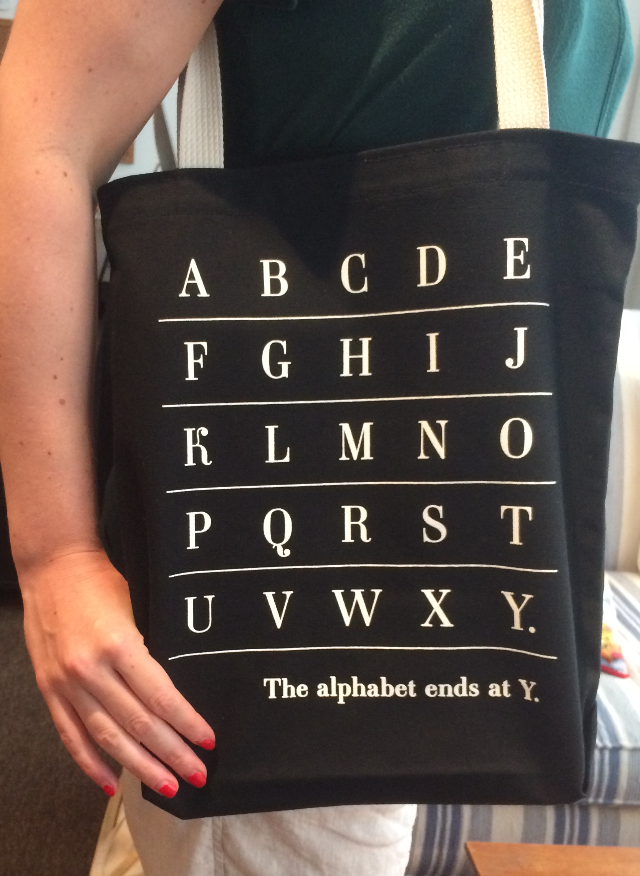It’s been a painful, deeply challenging and often heartbreaking year and thank goodness, there are just a few days left in it. While at times life became too overwhelming to make time for pleasure reading, when we needed them, the right books were always there. Here are some insights into what we each turned to for comfort, escapism, education, and entertainment. (And because she is a perpetual over-achiever, Molly’s is more of an essay!) Should you feel inspired to buy any of these titles for your own enjoyment, we hope you’ll shop at your local independent bookstore!
HANNAH: Right at the beginning of the pandemic – just before those heady days of hoarding toilet paper and yeastless baking aisles – I picked up a book that had been on my TBR list for a while: CONVENIENCE STORE WOMAN by Sayaka Murata. I love a literary weirdo and Keiko is a near-perfect literary weirdo; she’s an isolated 30-something whose entire identity is defined, willingly, by her occupation as a convenience store cashier. It’s a love story of sorts, between a woman and a store (there’s a human man thrown into the mix too but there’s little love there), and Murata brings an eye for detail and a deadpan wit that is irresistible. Then lockdown hit us. Nobody puts baby in the corner, not even the CDC. At least, that was what I muttered to myself as I scrolled for titles to offset my new and sudden domesticity. Sometime between the third and fourth focaccia Friday, I decided to read Leila Slimani’s SEX AND LIES: True Stories of Women’s Intimate Lives in the Arab World. While on a press tour in Morocco for her first novel, ADÈLE, Slimani gathered intimate testimonies from Arab woman about sex, love and relationships in a society that does its best to dictate what those acts should look like. It’s a deeply compassionate and beautifully written book that taught me a lot about a culture I thought I understood. If you liked Lisa Taddeo’s THREE WOMEN in theory but weren’t blown away by it in practice, you’ll enjoy SEX AND LIES. More recently, with the bitter weather creeping in, I turned my attention to dark, wintry fiction. I saw the cover of A CERTAIN HUNGER – a close up of Bernardino Mei’s Ghismonda holding the heart of her lover– and I was in. Chlesea G. Summers has written a Bacchanalian feast of a book; the narrator, Dorothy Daniels, is a libertine and a food critic, whose voice is somehow one part Raymond Chandler and one part Sex in the City’s Samantha Jones. Oh, and she’s also a serial killer. Summers interweaves the expected sinews of a gastronome’s dinner party conversation – the preferred terroir for white truffles, the allure of duck fat - with viscous descriptions of gore. It’s a confusing read in that respect, you’re hungry one moment and repulsed the next, but it’s not one you’ll forget any time soon.
LUCY: As so many people have already pointed out, this pandemic has left me constantly unsure of what day it is, what time it is, and even what season! Which is how I found myself reading a horror book in the sweaty final weeks of July (THE ONLY GOOD INDIANS) and a memoir titled HEAVY on a beach several weeks later. A part of me wishes I had saved THE ONLY GOOD INDIANS for spooky season, as it’s one of those books that deeply unsettles you (in a great way) and would have only been enhanced by the crunching of dead leaves and brisk winds. But I’d highly recommend it for any time of the year, as long as the reader is up for something both intimate and brutal—this one’s not for the faint of heart. The same would apply in a different sense to Kiese Laymon’s memoir HEAVY, which devastated me but was written with such beauty and warmth. I don’t know why, in a year with so many exciting new releases, I turned my attention to books that had been on my TBR pile for a few years, but in addition to finally reading HEAVY, I also dove into CIRCE by Madeline Miller. I hadn’t previously read her work, and wasn’t sure whether I’d enjoy reading literary fiction based heavily on mythology, but It. Completely. Swept. Me. Away. Miller’s descriptions are so vivid and lush that I stopped waiting for Odysseus to arrive on the scene and just surrendered to the novel as if I lived in its pages. These three books couldn’t be more different, but each of them was exactly what I needed in a specific moment of this pandemic rollercoaster.
HEATHER: This has been an interesting year for reading. I found myself skipping around much more than usual, picking up one title only to abandon it after a few chapters, then return to it two months later when it was exactly what I needed. I've always been a pretty voracious and open minded reader, but I was chasing a mood this year, wandering around my apartment for 20 minutes trying to pick the perfect book to read before bed. While I read it in doses, over several months, UNDERLAND by Robert Macfarlane transported me, and reading it felt like medicine. He allowed me to travel in a year of isolation, and his loving, precise descriptions of our transforming natural world were both transcendent and galvanizing. In a wildly different mood, Rumaan Alam's LEAVE THE WORLD BEHIND was the perfect encapsulation of the shimmering dread I've been feeling all year. Alam's authorial control and the growing claustrophobia and panic had me turning pages compulsively. Along with supporting as many pandemic new releases as possible, I also shopped my own shelves. When I picked up Claire Lombardo's THE MOST FUN WE EVER HAD, I felt instantly swaddled with warmth and humor and a lovely autumnal mood. I have a large, complex family and Lombardo's care for her imperfect, lovable characters moved me in the best way.
MOLLY: What a great question, like “What did you read over your summer vacation?” except that it’s lasted nearly three seasons! I hate parting with books I’ve bought, read and loved hard so my stack is now alarmingly high. I keep promising myself I’ll read more non-fiction so I intend to NEXT read Bonnie Tsui’s WHY WE SWIM because when I’m not reading, swimming is the closest I’ll ever get to meditating. Plus, I already love her author photo—she’s got swimmer’s arms and a huge wide smile.
But what I read and LOVED during this pandemic, well it was fiction, all fiction. Right around June, in time for summer breezes, I discovered Amity Gaige’s novel, SEA WIFE. It’s structurally brilliant and just as emotionally astute on all levels, with all characters. Superficially, it’s the story of an ailing marriage—husband wants to sail around the world with the wife and two quite young kids; she agrees, reluctantly. Here’s a quote from Michael, the husband, on having kids, “But once we had two, it seemed like they were always toddling toward busy roads and otherwise tempting death. When bored, they were like raccoons at night, just tipping shit over to see what would happen, playing in the ash can or putting pennies down the steering wheel column, it’s like they were hazing us.” See what I mean? Irresistible. Here’s what weird about this novel: I wouldn’t ever go sailing on the open seas after reading this book but nearly everyone on whom I’ve coaxed this novel disagrees with me. They’re all IN.
The next novel which stunned me into rapt submission was Lydia Millet’s A CHILDREN’S BIBLE. More water! Only this time, it’s a terrible storm which soon collapses the bizarre ecosystem taking place amongst multiple families in a truly vast summer rental house. Honestly, A CHILDREN’S BIBLE is so boldly ambitious, it’s about pretty much everything that matters, starting with our beautiful, imperiled, imperfect earth and the ongoing crisis between generations. How will we all take care of one another and just when might we hope to begin doing so? This novel left me trembling, Lydia Millet brought me to my knees.
Finally, out of the wet and into the remote forests of Poland, I came upon Olga Tokarczuk’s fabulous novel, DRIVE YOUR PLOW OVER THE BONES OF THE DEAD, a title I love but have mangled for many months now, right along with the challenges of how to pronounce her last name (sorry Olga, forgive me)! This novel crept up on me, it’s filled with restrained surprises, elegant, muscular, unsentimental sentences, it’s great! I sorted out the end only AT the very end because of my own prejudices. I won’t here say towards whom.
As I sift through my memories of these novels, it occurs to me that they are all written by women. They are all about different forms of female rage, disenfranchisement and injustice. Not exactly Pandemic Lite, I agree, but there you have it!
















